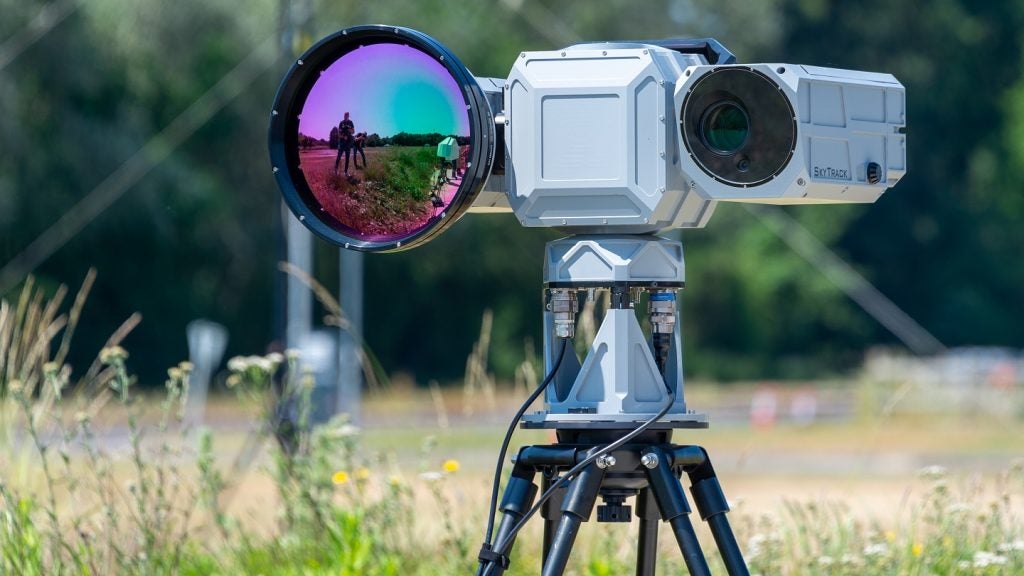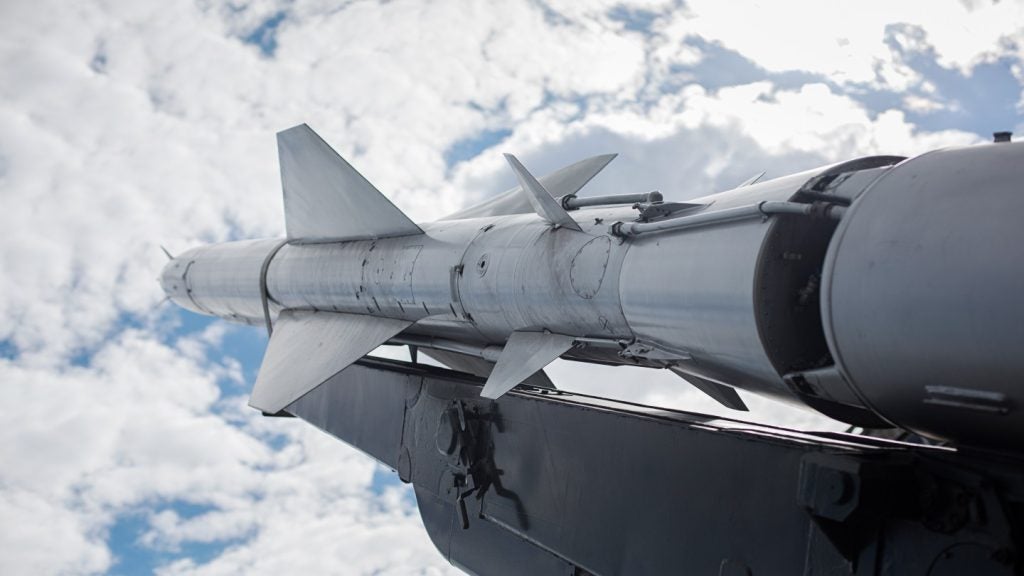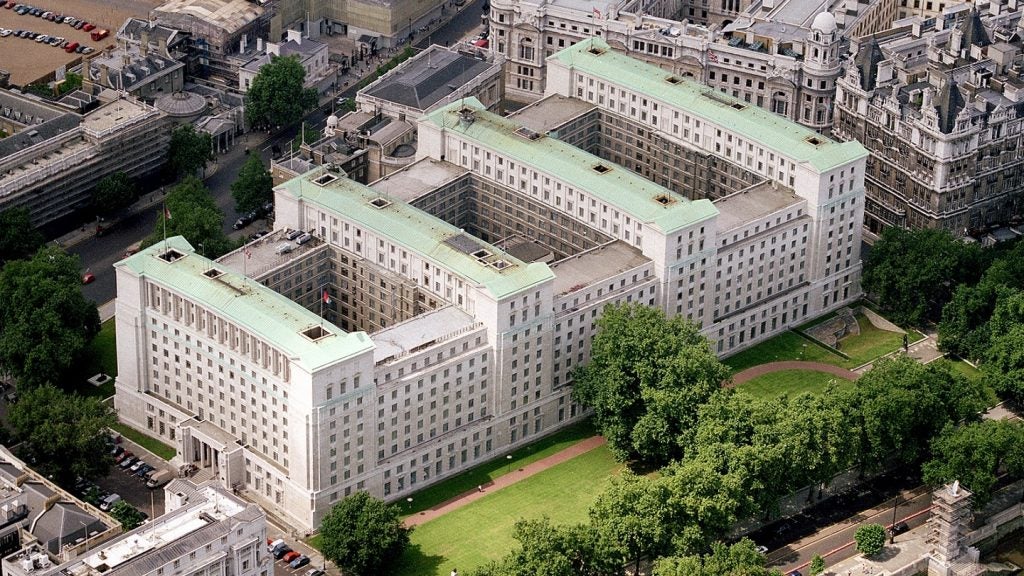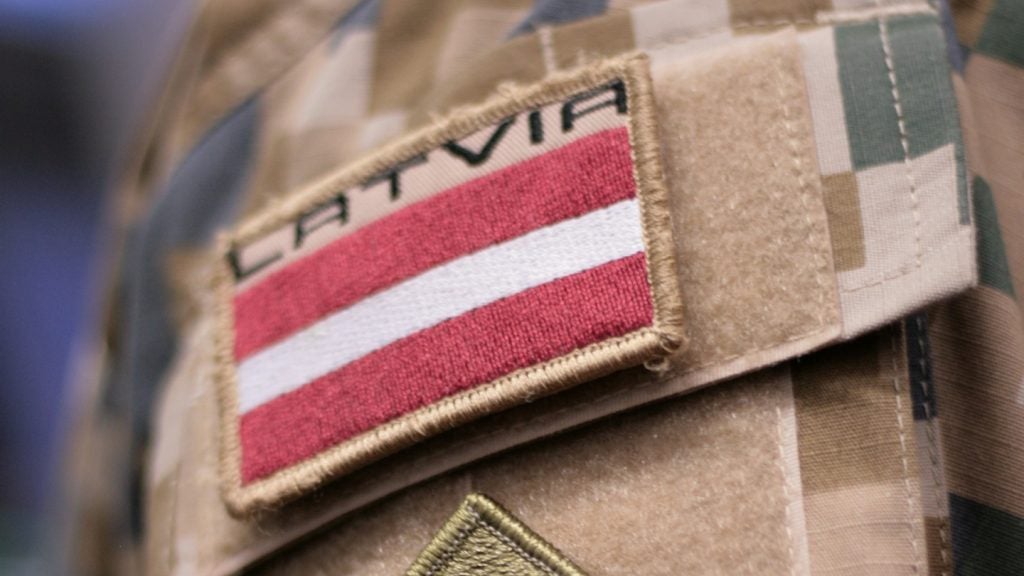
The removal of Australia’s long-serving conservative government at the polls last November signalled a more rigorous assessment of defence spending across all three forces serving the country.
Since coming to office, the new Labor government has indicated it will seek to find efficiencies not only within defence operations, but equally as importantly within the Defence Material Organisation (DMO), a sprawling bureaucracy which is responsible for the entire defence procurement budget.
One of the first actions of the new defence minister Joel Fitzgibbon was to order a review of the beleaguered Seasprite helicopter project last year after concerns were expressed about its safety. There were also problems with delivery.
The Navy’s Seasprite was subsequently cancelled in March this year, despite the investment of A$1.3bn of Australian tax payers’ money. And this is just one example, according to University of Queensland defence and foreign policy expert Dr Carl Ungerer.
“Cancellation of the Seasprite is one example of where the government will look more ruthlessly at projects that are over budget and overdue,” Ungerera says. “Poor decisions were made with regard to procurement in the past.”
Early this year the government said that A$23bn worth of defence projects carried a medium to high risk of failure. This included the Seasprite. In addition, a A$1.4bn upgrade of the navy’s four guided-missile frigates saw technical problems render ships unfit for deployment.
How well do you really know your competitors?
Access the most comprehensive Company Profiles on the market, powered by GlobalData. Save hours of research. Gain competitive edge.

Thank you!
Your download email will arrive shortly
Not ready to buy yet? Download a free sample
We are confident about the unique quality of our Company Profiles. However, we want you to make the most beneficial decision for your business, so we offer a free sample that you can download by submitting the below form
By GlobalDataThen there was the A$3.45bn airborne early warning aircraft project (project Wedgetail), delayed according to the contractor Boeing because of problems with complex onboard electronics. Delays have also plagued the Tiger armed reconnaissance helicopters (project AIR 87) which was to have delivered 22 choppers to the Australian army last year. So far only half that number have been received from the contractors, Australian Aerospace, a subsidiary of Eurocopter.
Another project, for the IAI (Israeli Aircraft Industries) I-View 250 UAVs (unmanned aerial vehicles) has reportedly fallen two years behind. Delays of up to five years have been reported in some instances for projects.
A NEW PAGE
The new Labor government stated in this year’s federal budget that it would increase underlying defence funding by an average of 3% in real terms every year until 2017-18, one year more than promised by the previous government. “But that doesn’t mean there aren’t differences in priority for the current government,” Ungerer stresses.
Most notably, the Rudd government is seeking to frame defence within a broader context of national security. How this influences the government’s approach to procurement and deployments remains to be seen. Iraq emerged as a major point of difference during the election, and last month 700 Australian combat troops returned from such postings. 300 men and women remain there to help guard Australian diplomats with another 500 scattered throughout the region.
Also distinguishing the current government from its predecessors was the budget announcement that defence would be required to find A$1bn a year in savings. But while a large number on its own, Ungerer notes that ‘a billion a year is a rounding error for defence’.
STILL MOVING FORWARD
Defence is moving ahead with a number of major initiatives including procurement of several substantial pieces of equipment, the continuation of military ops in Afghanistan and non-combat work in Iraq, as well of course as a major recruitment drive, focused initially on boosting current army numbers by 3,000.
The DMO’s share of the 2008–09 Budget is A$9.6bn. DMO is currently overseeing the management of 236 major projects with a value of over A$20m each, and more than 180 minor projects. It has also confirmed that it will release a report providing detailed information on nine key defence projects recently identified as high priority for the country’s armed forces.
Likely to be tabled in parliament some time in August, The ‘Major Projects Report’ (MRP) will contain financial, schedule and some capability information as at 30 June 2008 on airborne early warning and control (project Wedgetail); the Armidale Class patrol boat; high-frequency modernisation; Bushmaster infantry mobility vehicles; F/A-18 Hornet upgrade; Collins replacement combat system; armed reconnaissance helicopter; heavy airlift capability and FFG upgrade.
According to an Australian defence spokesman: “the pilot includes a range of project types to best develop the reporting approach, including: a combination of navy, army, air force and joint projects; a mix of upgrades to existing capability and new acquisitions; developmental and military off-the-shelf projects; and prime contracts and foreign military sales (FMS).”
A recent report noted that defence has large amounts of money for the acquisition of military hardware which it will be unable to spend and will have to reprogramme to spend in later years. In fact, the 2008–09 defence budget has reprogrammed $1.066bn of the approved Major Capital Programme to later years because of ‘unanticipated contractor delays’.
“We’ve not yet got the defence procurement process at the stage where we can have confidence that new procurement projects will be delivered on budget and on time,” says Ungerer.
The ADF remains committed to acquiring two new amphibious ships as part of a wide ranging upgrade of the navy. The Howard Government announced last year that it awarded the A$3bn contract to Tenix. The new ships will need helicopter support, but no statements have yet been made about likely suppliers now that the Seasprite is out of the picture.
Another high-profile piece of equipment of interest to Australia which has had its share of teething problems is the Lockheed Martin F-35 Joint Strike Fighter (JSF).
The Australian government has spent several hundreds of millions throughout the various development phases for the F-35, which it expects will some day be flown by Australian air force pilots.
Fitzgibbon said this month that the new combat aircraft could cost up to A$16bn – the largest single defence outlay in Australia’s history. However, he stressed that a number of factors including price, capability and delivery schedule needed to be resolved before Australia agreed to purchase any planes.
DEFENDING THE BUDGET
Australia’s defence force is to meet most of the new Labor government’s pre-election defence commitments via the reallocation of funds from within the department. The government has asked that defence contribute internal savings of A$210m to a A$1bn ‘operations reserve’ which will fund cost of operations in Afghanistan, East Timor, Iraq and the Solomon Islands. The other A$826m is to come from ongoing funding for defence.
The operations reserve will provide A$155.4m over two years to extend Operation Catalyst (Australia’s military efforts to stabilise Iraq) until December 2008. The Australian Government says it is committed to drawing down personnel in Iraq, which will lead to a drop of A$10.4m in tax intake.
Just over A$375m will be provided by the operations reserve to extend Operation Slipper (military presence in Afghanistan) to June 2009. A further A$147m will go from this coming financial year for operations in East Timor.
On top of all that, another A$14m will go towards the military contribution to RAMSI (regional assistance mission to the Solomon Islands) until June next year. The Australia-led RAMSI force has been in the Solomons since intervening to quell an upsurge in ethnic violence in 2003.
Fitzgibbon announced two new army battalions as part of budget 2008-09, increasing the size of the Army by about 3,000 members, and said that the government will commit A$650m to the enhanced land force initiative in the coming financial year. The ADF will spend A$148m to tackle ‘generation Y’, women, indigenous people and ethnic communities. It will also try to redress shortfalls of recruitment in specific areas such as trade, technical and professional employment groups.
It includes three recruiting programmes, a new defence technical scholarship programme, and continuing advertising and marketing campaigns. Another A$165m is allocated for 2008–09 to retain the ADF’s existing personnel.
Other projects outlined in the recent budget include: the Asia-Pacific Centre for Civil-Military Cooperation; a trial of free basic medical and dental care for dependants of ADF members; the upgrade of the Kings Highway servicing the new joint headquarters near the nation’s capital in Canberra; improvements to Sea King helicopter safety; the implementation of the Australia-US defence trade cooperation treaty; A$58m for enhanced counter-terrorism measures; A$23.8m for improved defence intelligence capability; A$2.4m for the National Threat Assessment Centre and A$72.4m for enhanced force protection electronic counter measures (in Iraq and Afghanistan).
A number of other projects were outlined under the auspices of ‘cooperation’. Fitzgibbon announced that A$85m would be spent on military cooperation with Australia’s allies, friends and partners around the world, with a particular emphasis on the Australia-US alliance.
The budget also made specific mention of Japan as an important strategic partner, with a commitment to strategic discussions, high-level visits, ship visits, educational exchanges and working-level exchanges on issues such as peacekeeping, counter-terrorism and disaster relief.
The government was accused of neglecting Australia’s relationship with Japan in favour of China, when Kevin Rudd left Japan off his first major overseas trip as prime minister.







